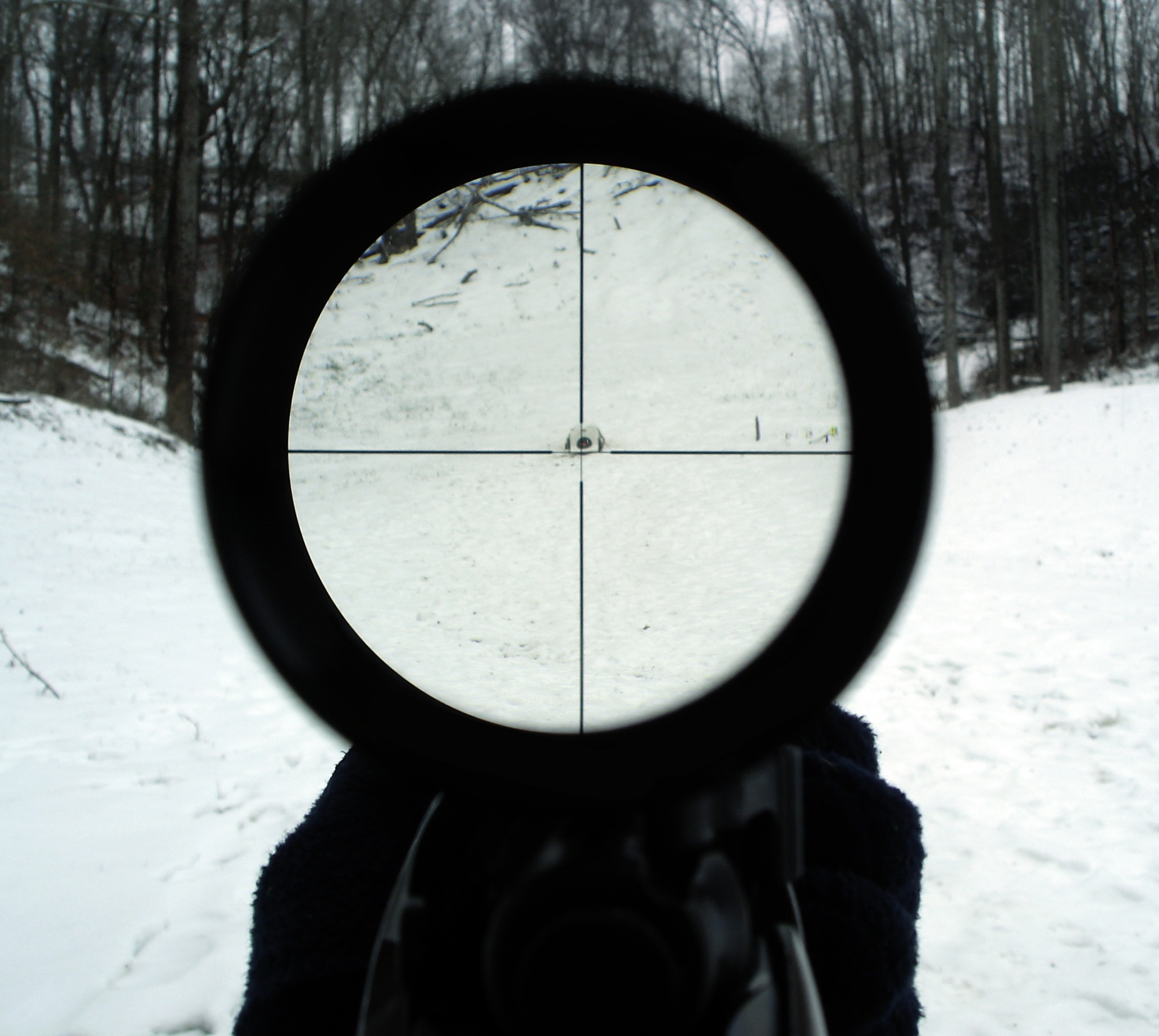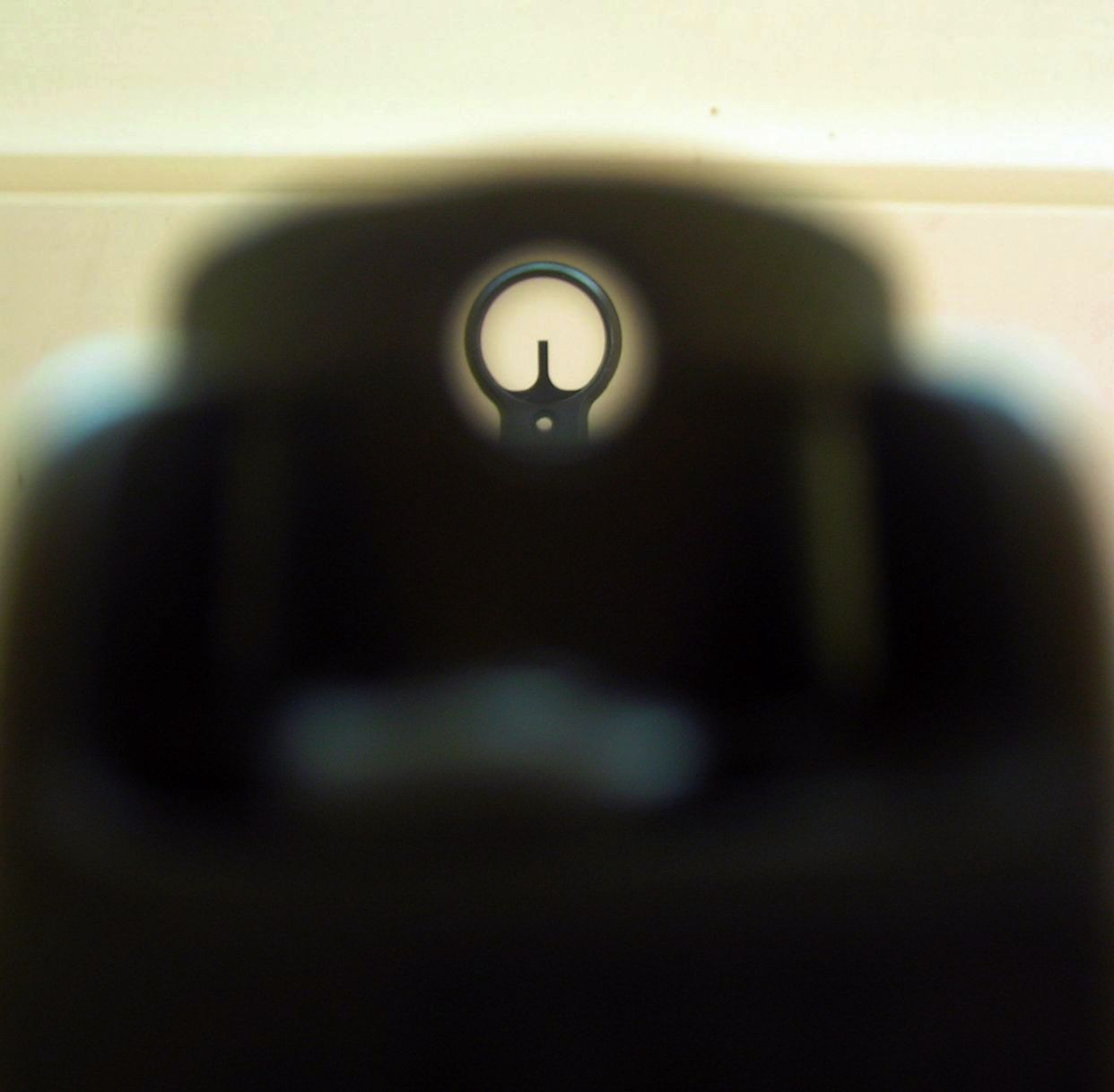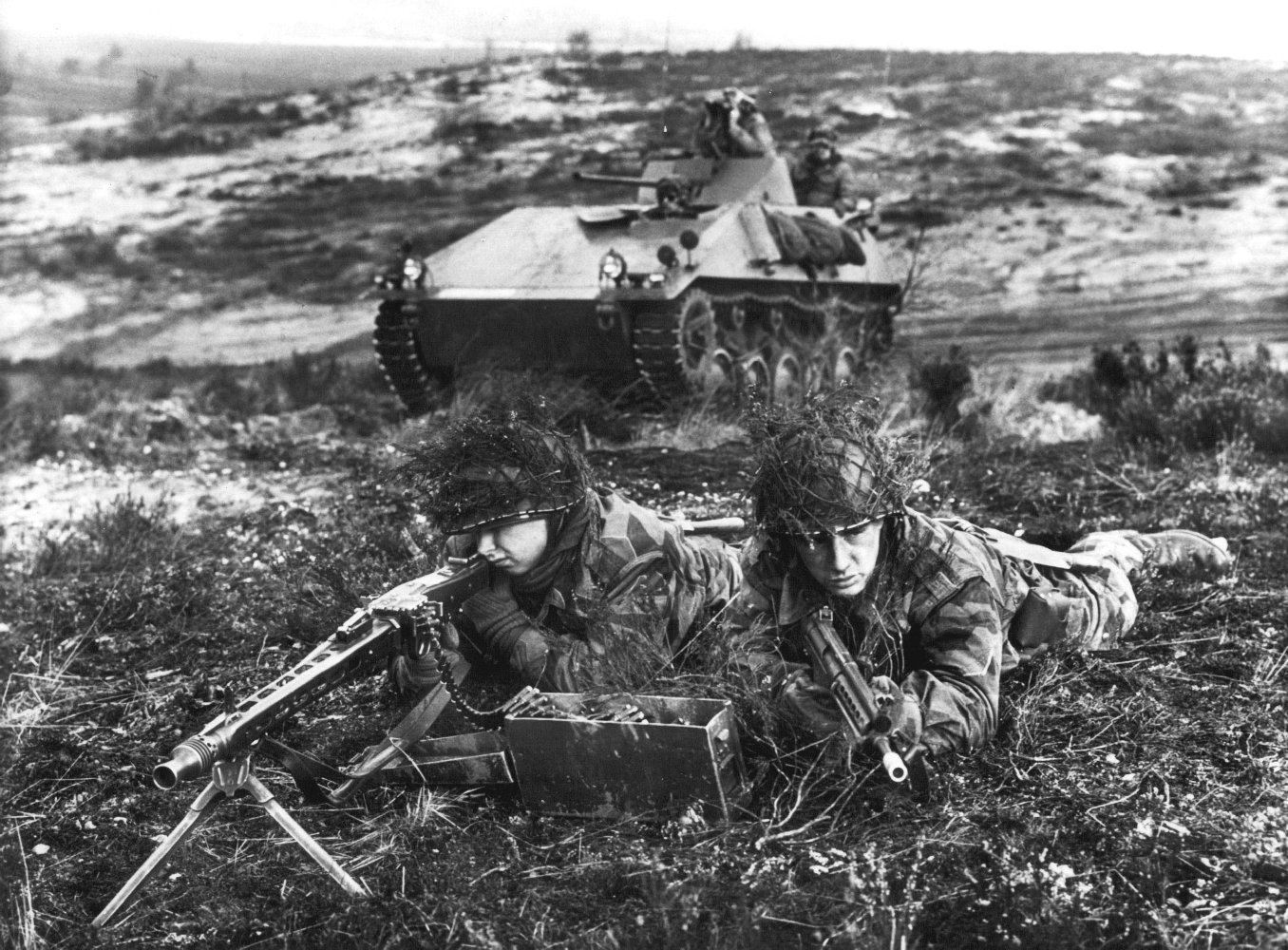|
MG 42
The MG 42 (shortened from German: ''Maschinengewehr 42'', or "machine gun 42") is a German recoil-operated air-cooled general-purpose machine gun used extensively by the Wehrmacht and the Waffen-SS during the second half of World War II. Entering production in 1942, it was intended to supplement and replace the earlier MG 34, which was more expensive and took much longer to produce, but both weapons were produced until the end of World War II. Designed to use the standard German fully-powered 7.92×57mm Mauser rifle round and to be cheaper and easier to manufacture, the MG 42 proved to be highly reliable and easy to operate. It is most notable for its very high cyclic rate for a gun using full-power service cartridges: it averaged about 1,200 rounds per minute, compared to around 850 for the MG 34, and 450 to 600 for other common machine guns like the M1919 Browning, FM 24/29, or Bren gun. This made it extremely effective in providing suppressive fire. Its unique sound l ... [...More Info...] [...Related Items...] OR: [Wikipedia] [Google] [Baidu] |
General-purpose Machine Gun
A general-purpose machine gun (GPMG) is an air-cooled, usually belt-fed machine gun that can be adapted flexibly to various tactical roles for light and medium machine guns. A GPMG typically features a quick-change barrel design calibered for various fully powered cartridges such as the 7.62×51mm NATO, 7.62×54mmR, 7.5×54mm French, 7.5×55mm Swiss and 7.92×57mm Mauser, and be configured for mounting to different stabilizing platforms from bipods and tripods to vehicles, aircraft, boats and fortifications, usually as an infantry support weapon or squad automatic weapon. History The general-purpose machine gun (GPMG) originated with the MG 34, designed in 1934 by Heinrich Vollmer of Mauser on the commission of Nazi Germany to circumvent the restrictions on machine guns imposed by the Treaty of Versailles. It was introduced into the Wehrmacht as an entirely new concept in automatic firepower, dubbed the ''Einheitsmaschinengewehr'', meaning "universal machine ... [...More Info...] [...Related Items...] OR: [Wikipedia] [Google] [Baidu] |
Yugoslav Wars
The Yugoslav Wars were a series of separate but related#Naimark, Naimark (2003), p. xvii. ethnic conflicts, wars of independence, and Insurgency, insurgencies that took place from 1991 to 2001 in what had been the Socialist Federal Republic of Yugoslavia (SFR Yugoslavia). The conflicts both led up to and resulted from the breakup of Yugoslavia, which began in mid-1991, into six independent countries matching the six Republics of Yugoslavia, entities known as republics that had previously constituted Yugoslavia: Slovenia, Croatia, Bosnia and Herzegovina, Montenegro, Serbia, and North Macedonia, Macedonia (now Macedonia naming dispute, called North Macedonia). SFR Yugoslavia's constituent republics declared independence due to rising nationalism. Unresolved tensions between ethnic minorities in the new countries led to the wars. While most of the conflicts ended through peace accords that involved full international recognition of new states, they resulted in a massive number of d ... [...More Info...] [...Related Items...] OR: [Wikipedia] [Google] [Baidu] |
Telescopic Sight
A telescopic sight, commonly called a scope informally, is an optical sighting device based on a refracting telescope. It is equipped with some form of a referencing pattern – known as a ''reticle'' – mounted in a focally appropriate position in its optical system to provide an accurate point of aim. Telescopic sights are used with all types of systems that require magnification in addition to reliable visual aiming, as opposed to non-magnifying iron sights, reflector (reflex) sights, holographic sights or laser sights, and are most commonly found on long-barrel firearms, particularly rifles, usually via a scope mount. Similar devices are also found on other platforms such as artillery, tanks and even aircraft. The optical components may be combined with optoelectronics to add night vision or smart device features. History The first experiments directed to give shooters optical aiming aids go back to the early 17th century. For centuries, different optical ... [...More Info...] [...Related Items...] OR: [Wikipedia] [Google] [Baidu] |
Iron Sights
Iron sights are a system of physical alignment markers used as a sighting device to assist the accurate aiming of ranged weapons such as firearms, airguns, crossbows, and bows, or less commonly as a primitive finder sight for optical telescopes. Iron sights, which are typically made of metal, are the earliest and simplest type of sighting device. Since iron sights neither magnify nor illuminate the target, they rely completely on the viewer's naked eye and the available light by which the target is visible. In this respect, iron sights are distinctly different from optical sight designs that employ optical manipulation or active illumination, such as telescopic sights, reflector (reflex) sights, holographic sights, and laser sights. Iron sights are typically composed of two components mounted perpendicularly above the weapon's bore axis: a 'rear sight' nearer (or 'proximal') to the shooter's eye, and a 'front sight' farther forward (or 'distal') near the muzzle. During ... [...More Info...] [...Related Items...] OR: [Wikipedia] [Google] [Baidu] |
Belt (firearm)
An ammunition belt is a firearm device used to package and feed cartridges, typically for rapid-firing automatic weapons such as machine guns. Belt-fed systems minimize the proportional weight of the ammunition apparatus to the entire weapon system, and allow high rates of continuous fire without needing frequent magazine changes. The capacity of belts and associated belt containers is typically a function of weight and bulk, and their size is limited by caliber and the combined portability of the weapon and ammunition. Typical capacities for man-portable weapon systems range from 50 to 300 rounds of ammunition. Variants Feed strip The "feed strip" (also referred to as an "ammo strip" or "feed tray") was initially designed in 1895, based on initial designs by Captain Baron Adolf Odkolek von Ujezda of Vienna, Austria. A feed strip is a simple rigid metal (usually steel or brass) tray, typically holding 15 to 30 cartridges that are crimped together into a row. The feed st ... [...More Info...] [...Related Items...] OR: [Wikipedia] [Google] [Baidu] |
Roller-locked
In firearms operating systems, the term roller locked refers to locking the bolt with rollers. Notable examples of firearms using this method are the Polish wz.37 semi-automatic rifle designed by Edward Stecke, MG 42 general-purpose machine gun, which copied the solution of engineer Stecke and the CZ 52 semi-automatic pistol. It was also applied in the experimental ''Gerät 03'' semi-automatic rifle and '' Gerät 06'' and EM-1 experimental assault rifles. The MG 42's lineage continued past World War II, forming the basis for the nearly identical MG1 (MG 42/59), chambered in 7.62×51mm NATO, which subsequently evolved into the MG1A3, and later the Bundeswehr's MG 3, Italian MG 42/59, and Austrian MG 74. It also spawned the Yugoslav unlicensed nearly identical Zastava M53. History The origin of the roller-locking is debated: even though the general principle of utilizing "ball bearing parts" under radial pressure "for preventing uncoupling of the coupling members" was known n ... [...More Info...] [...Related Items...] OR: [Wikipedia] [Google] [Baidu] |
Recoil Operation
Recoil operation is an operating mechanism used to implement locked-breech autoloading firearms. Recoil operated firearms use the energy of recoil to cycle the action, as opposed to gas operation or blowback operation using the pressure of the propellant gas. History The earliest mention of recoil used to assist the loading of firearms is sometimes claimed to be in 1663 when an Englishman called Palmer proposed to employ either it or gases tapped along a barrel to do so. However no one has been able to verify this claim in recent times, although there is another automatic gun that dates from the same year, but its type and method of operation are unknown. Recoil-operation, if it was invented in 1663, would then lie dormant until the 19th century, when a number of inventors started to patent designs featuring recoil operation; this was due to the fact that the integrated disposable cartridge (both bullet and propellant in one easily interchangeable unit) made these designs vi ... [...More Info...] [...Related Items...] OR: [Wikipedia] [Google] [Baidu] |
Rheinmetall MG 3
The MG 3 is a German general-purpose machine gun chambered for the 7.62×51mm NATO cartridge. The weapon's design is derived from the World War II era MG 42 that fired the 7.92×57mm Mauser round. The MG 3 was standardized in the late 1950s and adopted into service with the newly formed ''Bundeswehr'', where it continues to serve to this day as a squad support weapon and a vehicle-mounted machine gun. The weapon and its derivatives have also been acquired by the armed forces of over 40 countries. Production rights to the machine gun were purchased by Italy (), Spain, Pakistan (as the MG 1A3), Greece, Iran, Sudan, and Turkey. History At the end of World War II the original technical drawings and data for the 7.92×57mm Mauser chambered MG 42 were captured by the Soviets. These would later be taken to Czechoslovakia and Yugoslavia. Rheinmetall had to reverse engineer the first postwar machine guns from an original MG 42 machine gun. Production of the first postwar variant of ... [...More Info...] [...Related Items...] OR: [Wikipedia] [Google] [Baidu] |
Alkett
Alkett () was a major manufacturer of armored vehicles for the Wehrmacht during World War II. The main factory was located in Berlin-Borsigwalde on the Breitenbachstraße. As more sites were added, the name changed to Altmärkische Kettenwerke. Founded Alkett was founded in 1937 as a subsidiary of Rheinmetall-Borsig AG, which in turn was a subsidiary of the government-controlled Reichswerke Hermann Göring. The main facility was sited on the Rota-wagon and Maschinenbau GmbH plants, which had not been in use since 1928. Production plants Factory I The site at Breitenbachstraße 33-36, the later Plant I, had to be extensively rebuilt. The administrative headquarters were located to the left of the main entrance. The basement housed a canteen for the employees. To the right of the main entrance a fire department was located, along with the workshop, and an electrical substation for supplying the electric power distribution of 6,000 to 30,000 volts. Behind the administra ... [...More Info...] [...Related Items...] OR: [Wikipedia] [Google] [Baidu] |
Steyr-Daimler-Puch
Steyr-Daimler-Puch () was a large manufacturing conglomerate based in Steyr, Austria, which was broken up in stages between 1987 and 2001. The component parts and operations continued to exist under separate ownership and new names. History The company, initially known as Josef und Franz Werndl and Company was founded in 1864 as a rifle manufacturer. The company began producing bicycles in 1894. It grew rapidly during the First World War, by the end of which it employed 14,000 people. Steyr automobiles were made after 1918. In September 1917 Steyr recruited Hans Ledwinka, now remembered as one of the great automobile engineers of the twentieth century, but then relatively unknown, to the position of "Chefkonstrukteur", to lead the creation of their automobile manufacturing business. The first Steyr car, the six cylinder Type II "12/40" appeared in 1920. It was heavy and well-built, if a little cumbersome. It spawned sports versions with an impressive list of international achie ... [...More Info...] [...Related Items...] OR: [Wikipedia] [Google] [Baidu] |
Wilhelm Gustloff Stiftung
The Wilhelm Gustloff Stiftung (Wilhelm Gustloff Foundation) was a state-owned trust set up by the government of Nazi Germany in 1933. Named after Wilhelm Gustloff, a leader of the Nazi Party's Swiss branch who was later assassinated, it was funded by money and property confiscated from German Jews. It was disbanded like all other Nazi organizations in 1945, after the fall of Nazi Germany. Overview The Foundation ran the ''Gustloff Werke'' ("Gustloff Factories"), a group of businesses confiscated from their Jewish owners or partners. By 1938 it had been organized into five major branches. Factories Gustloff Werk Weimar was formerly ''Bautzener Waggon- und Maschinenfabrik AG'', a branch of Simson & Co. Suhl and was situated in Weimar, Thüringen. The company originally made wagons and tools. Under the new management it expanded into making ammunition crates, ammunition trailers, light infantry mortars (50mm caliber), anti-tank artillery (50mm, 75mm and 88mm caliber), anti-aircraft ... [...More Info...] [...Related Items...] OR: [Wikipedia] [Google] [Baidu] |







